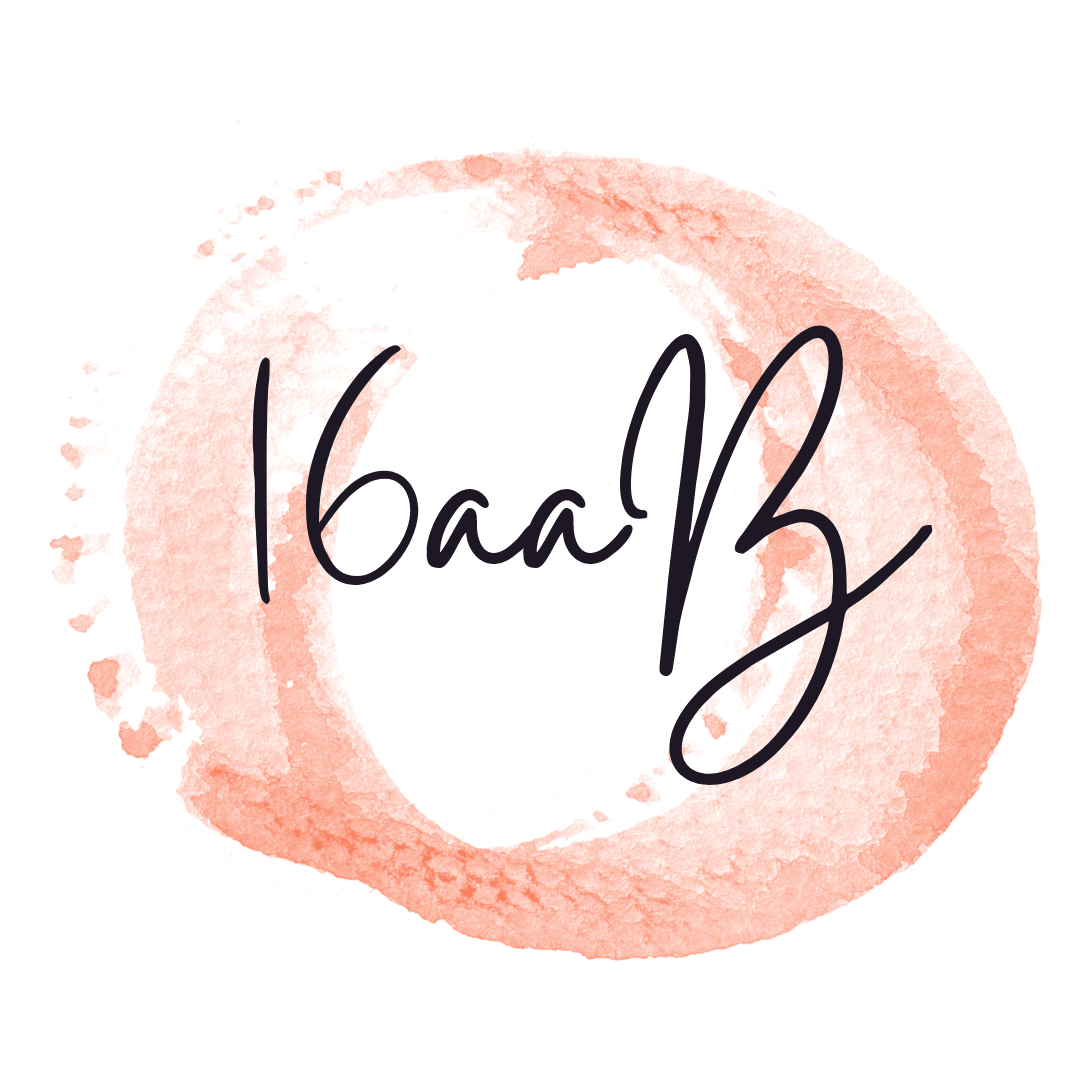A good content plan is essential for any business. It can help you grow your business and improve customer engagement. In this article, we will share with you seven best practices for creating a content plan.
Define Your Content Goals
When writing content, it’s important to define your goals for the piece. Whether you’re looking to inform, entertain, or sell, knowing what you’re shooting for will help ensure that your content is on point and meets your objectives. Additionally, creating a content plan can help make sure that the pieces you produce are cohesive and organized. This way, readers will know where to find the information they’re looking for and will be able to follow the story arc of your content effectively.
Choose the Right Content Types
When creating a content plan, it is important to consider the type of content that will be most effective for your audience. There are a number of different types of content that can be used to reach your target audience, and each has its own strengths and weaknesses.
One popular type of content is blog posts. Blog posts are typically short pieces that provide information about a specific topic or offer advice on how to manage a certain situation. They can be helpful for introducing new concepts or providing practical advice for people who are struggling with a particular issue.
Blog posts can also be useful for building relationships with your audience. By writing regular blog posts, you can develop trust and credibility with your readers, which may help them take action on the information you provide.
Blogs are great for sharing information, but they don’t always work well as primary sources ofcontent. For example, if you want to write about the latest news story or event, you may need to turn to other types of content such as articles or videos. Videos have become increasingly popular as an effective way to share information because they are easy to watch and share online.
Identify Your Key Topics
Your content plan should identify your key topics and help readers understand what they will find when they click through to your site. In order to create an engaging experience, it is important to choose topics that are of interest to your audience. Additionally, you may want to focus on specific areas of your business or target a specific market. By providing context and information about the key topics you have chosen, you can ensure that readers have a clear idea of what to expect when visiting your site.
Research Popular Blogs and Websites
There are many popular blogs and websites out there that can provide great content for your content plan. Some good places to start include:
-Google: Type in “popular blogs” and you’ll get a list of popular blogs sorted by popularity.
-Wikipedia: Type in “content planning” to see a long list of different types of content plans, from article plans to social media plans.
-Bing: Type in “content planning tips” and you’ll see a list of different types of tips, from finding sources to creating an outline.
Write the Plan Yourself or Hire a Writer
There is a lot of talk these days about whether or not businesses should outsource content creation to outside companies. The answer, according to many, is that sometimes it’s a good idea and sometimes it’s not.
There are pros and cons to hiring a writer for your content marketing efforts, so it’s important to weigh them both before making a decision. Here are five factors to consider when planning your own content plan:
1. Budgetary restrictions: If you have tight budget constraints, hiring an outside writer might be out of the question. On the other hand, if you have plenty of money available, using an outside service could be more costly in the long run.
2. Skill set required: Not everyone can write quality content on their own. If you need someone with specific writing skills (e.g., research, writing for SEO purposes), then outsourcing this task might not be feasible. Conversely, if you don’t need any specialized skills (e.g., writing for a blog focused on fashion tips), then self-publishing might be a better option for you.
3. Time commitment: Hiring a content writer can take time away from other duties. If you’re expecting a high quality product, then you’ll need to be willing to invest in the process.
4. Quality control: Outsourcing content creation also means that you don’t have direct control over the final product. This can lead to lower quality content, which could damage your SEO efforts and brand reputation.
5. Legal considerations: When it comes to content marketing, things can get complicated quickly. For example, if you outsource your content to a United States-based company, you’ll likely need to comply with US copyright laws. Similarly, if your writer is based in the UK, then they’ll need to comply with UK copyright laws when producing your content.
Create a Schedule and Track Results
Creating a content plan is an important part of any SEO campaign. It allows you to set goals, track progress, and measure the effectiveness of your efforts. Work scheduling and tracking results helps you identify areas that need improvement and determine when changes need to be made to your strategy.
A content plan should include the following elements: an overall goal, target audience, key topics, target keyword list, target article length, frequency of publication, and promotion plans. Once these parameters are determined, you can create specific goals for each area of your website. For example:
The overall goal might be to increase traffic by 10%. The target audience might be people who are interested in buying a new car. The key topics might be new car models and reviews. The target keyword list might include terms like “new car,” “car reviews,” and “car dealership.” The target article length could range from 500 to 1,000 words. The frequency of publication could be monthly but could also change based on the overall goal and objectives of the campaign. Finally, promotion plans could involve a combination of paid search ads and social media promoted posts.
Update the Plan Regularly
It is important to keep your content plan up-to-date so that you can continue to provide the best possible content for your audience. A well-executed content plan can help you achieve your business goals, while providing valuable information and entertainment for your readers. It is also important to review and update your plan regularly to ensure that it meets the needs of your audience and reflects the ever-changing landscape of online media.
Conclusion
Creating a content plan is not easy, but it is worth it in the end. Follow our seven tips to make it easier!

